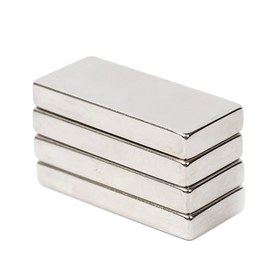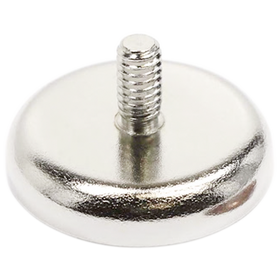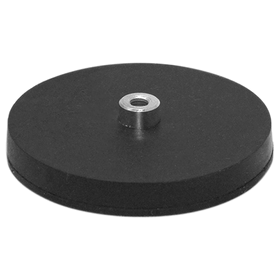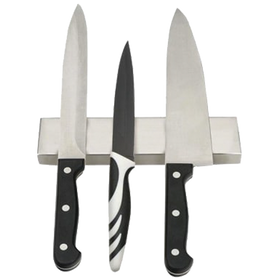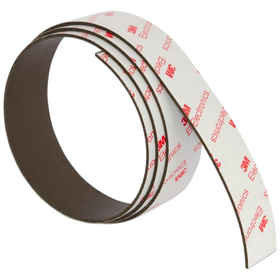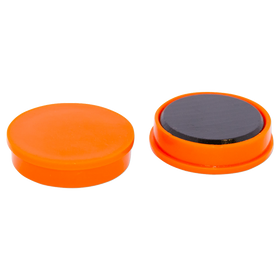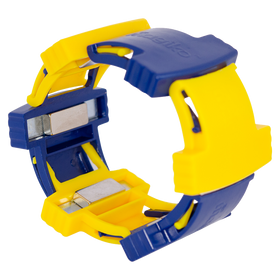Magnetism refers to the force generated in matter because electrons movement within its atoms. Although the history of magnetism emerged from as early as 600 B.C., scientists have only become interested in the twentieth century. As such, scientists have dedicated their effort to understand the mineral and develop it further to advance the human life in different applications. Magnetism was initially analysed in a form of the mineral magnetite called lodestone. Lodestone consists of iron oxide, which is a chemical compound of iron and oxygen. The ancient Greeks were the first people to use the mineral. In fact, they called it magnet due to its ability to attract other magnets and iron.
|
Date |
Scientist Behind Discovery |
Contribution to the History of Magnets |
|
600 BC |
Greek philosophers |
The ancient Greeks in an area identified as Magnesia described the magnetic property of natural ferric ferrite (Fe3O4) tones (lodestones). During the time, a shepherd identified by some people as Magnes noticed the nails of his shoes stuck on the metal tip of a black rock he was standing on. |
|
1600 |
The Englishman Dr. William Gilbert |
The Englishman Dr. William Gilbert investigated the phenomenon of magnetism systematically using scientific method. William also argued that the earth was also a weak magnet (Davidson, 2009). The earth in his arguments possesses a magnetic pole near the geographic pole. The contribution by Gilbert helped dismiss beliefs about the magnetic iron oxide, lodestone, including the idea that it could heal physical ailments. His studies contributed the arguments on the laws of attraction and repulsion. Further, he developed the idea of magnetic dip. In his arguments, William believed that it was possible to strengthen lodestone by combining it with soft iron. His postulations also furthered that steel and iron could be magnetised. Significantly, the scientist observed that red-hot iron lost magnetism and could only regain it by cooling. Lastly, the scientist in his time helped differentiate between magnetic and electric attraction. Dr. William is acknowledged for publishing the first systematic experiment on magnetism in De Magnete. |
|
1730 |
Servington Savery |
The production of the first compound magnet by binding together a number of artificial magnets with a common pole piece at each end. |
|
1740 |
Gowen Knight |
Built the first artificial magnet for sale to scientific investigators and terrestrial navigators. |
|
1750 |
John Mitchell |
He published the first book on making of steel magnets. |
|
1785 |
The Frenchman Charles Coulomb |
Frenchman Charles Coulomb initiated the quantitative studies of the magnetic phenomena. Coloumb discovered the inverse square law of force. The law states that the attractive force between two magnetised objects is directly proportional to the product of their individual fields and inversely proportional to the square of the distance between them. |
|
1819-1820 |
A Danish physicist Hans Christian Oersted |
A Danish physicist Hans Christian Oersted suggested a link between electricity and magnetism through a lecture. In one of the experiments, the scientist discovered that a wire became magnetised when conducting electricity (MAGLAB, 2015). During the lecture, when a thin wire was connected to both ends of the battery a nearby compos reacted confirming some magnetism in the wire. |
|
1825 |
Sturgeon |
Discovered electromagnet |
|
1831 |
The German Carl Friedrich Gauss |
The German Carl Friedrich Gauss studied theoretically the nature of the earth’s magnetism (National Imports LLC., 2014). He collaborated with Wilhelm Weber, a physicist in conducting the extensive research of electricity and magnetism. The two discovered the Magnometer and the Electrodynamometer as instruments that measured electric current and voltage. In fact, as an honor, the term gauss came to describe a unit of magnetic flux density or magnetic induction. |
|
1890s |
Pierre Curio |
Pierre Curio studied the effect of temperature on magnetism. In the same year, the Currie law was proposed. |
|
1905 |
Langevin |
Explained the theory of diamagnetism and paramagnetism (GITAM, n.d.). |
|
1906 |
Weiss |
Developed the ferromagnetic theory. |
|
1917 |
K. Honda and T. Takai |
The adding of cobalt to tungsten steel to increase the coercive force of permanent magnets dramatically. That is, the cobalt steel magnets. |
|
1919 |
The first commercial steel magnets were made available. The steel were quench-hardened steel magnets. |
|
|
1930 |
I. Mishima |
Produced the first Alnico magnet that contained an alloy of iron, aluminium and nickel. Further, Hermann Kemper studied the use of magnetic fields in conjunction with trains and airplanes (Zakkas, 2013). |
|
1952 |
J.J. Went, G.W. Rathenan, E.W. Gorter and G.W. Van Oesterhout |
Discovered the first ceramic magnets based on barium, lead-iron oxides and strontium while at the Philips Company. |
|
1966 |
Dr. Karl J. Stmat (Rare-Earth Magnets) |
Discovered the high-energy product (18 MGOe) of the Samarium-Cobalt (SmCo5) compound while at the United States Air Force Materials Laboratory at Wright-Patterson Air Force Base. |
|
1972 |
Dr. Karl J. Stmat and Dr. Alden Ray (Advanced Rare-Earth Magnets) |
Ensured the development of a high-energy product (30 MGOe) Samarium-Cobalt (Sm2Co17) compound. |
|
1901-1976 |
Earest Ising and Werner Heisenberg |
Earest Ising and Werner Heisenberg developed the present day understanding of magnetism based on the theory of the motion and interactions of electrons in atoms and quantum electrodynamics. |
|
1983 |
Neodymium-Iron-Boron Magnets |
General Motors, Sumitomo Special Metals and the Chinese Academy of Science developed a high-energy product (35 MGOe) Neodymium-Iron-Boron (Nd2Fe14B) compound. |
|
1990 |
Dr. Coey and Dr. Sun |
Signalled the Sm2Fe17N3 magnets. The compound is characterised by a high anisotropy and decomposes at T>500oC. Similarly, the magnets can be used in powder or bonded magnets form. |



